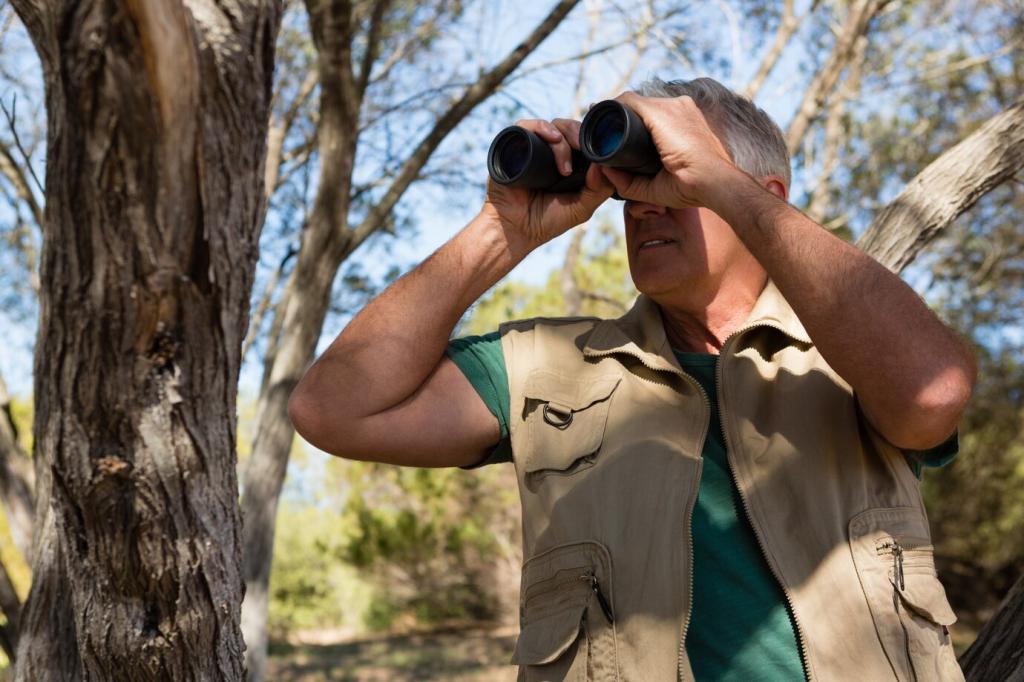Lighting That Works All Night
Choose a headlamp with a comfortable strap, flood and spot beams, and a red mode to preserve night vision. Aim for 200–350 lumens for general tasks, carry spare batteries or a power bank, and lock the switch to prevent accidental drain inside your pack.
Lighting That Works All Night
Pack a compact lantern with a warm color temperature for a calmer camp vibe and better visibility of food or maps. Diffusers soften glare, magnetic or hanging attachments help position light, and rechargeable lanterns double as power banks for phones or GPS units.

